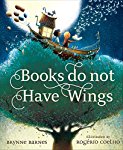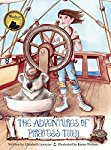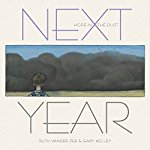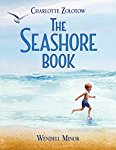I have a confession to make. I do not know much about the Hispanic community here in the U.S. I really have never had the opportunity to learn much about Hispanics, and I know that this is a shame. I therefore was delighted when I came across today's poetry book. On its pages I got to 'meet' some extraordinary Hispanic men and women who have made the world a better place.
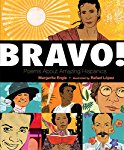 Bravo! Poems about amazing Hispanics
Bravo! Poems about amazing Hispanics
 Bravo! Poems about amazing Hispanics
Bravo! Poems about amazing Hispanics
Margarita Engle
Illustrated by Rafael Lopez
Poetry nonfiction Picture Book
For ages 6 to 8
Henry Holt, 2017, 978-0-8050-9876-1
The United States has been, and is, home to some
remarkable Hispanic men and women. Some of them came to the U.S. as refugees or
immigrants, while others were born here. Many of these people speak multiple
languages, and they stay connected to their native or ancestral land through
the meals that they cook, and the festivals that they celebrate.
For this book
Margarita Engle has written poems about Hispanic men and women who achieved
great and meaningful things. Some of them are famous, while others are not. All
of them are “amazing people.”
The first person
we ‘meet’ is Juan de Miralles. Juan grew up in Cuba, and when he was a grown and
successful businessman he visited the United States to help the Americans gain
their independence from England. Juan was friends with George Washington, and
was with him at Valley Forge when George Washington’s soldiers were suffering
due to a lack of warm clothing and other supplies. One of the illnesses that
they suffered from was scurvy, and so Juan sent some of his ships to Cuba to
bring home limes and guavas, which serve as an excellent cure for scurvy.
Felix Varela
also came from Cuba, and he chose to become a priest. He was outspoken, and
preached “against cruelty, speaking out in favor / of freedom for slaves, and
freedom / for the colonies of Spain.” Felix’s words made him so unpopular in
Cuba that he had to flee, and he took refuge in the United States, where he
took up the cause of the Irish immigrants who had fled Ireland because of the
potato famine. The Irish immigrants had so little and needed help, and they
also needed someone to protect them against prejudice. Felix helped the Irish
build schools, he took care of their sick, and protected their children from
bullies.
Louis Agassiz
Fuentes was the son of a Puerto Rican father and an American mother and he was
born in New York. Though Louis’ father wanted him to become an engineer, Louis
loved birds and he wanted to paint them. Unlike many bird artists, Louis
refused to kill and pose his beautiful subjects. Instead he learned “to paint
quickly” while the birds flew “in the wide / wondrous / sky.”
In all we meet
eighteen Hispanic men and women in this book who are writers, activists,
artists, scientists, teachers, musicians, and more. At the back of the book the
author provides her readers with further information about the people she
writes about in her poems.
This is the kind
of the book that people who are not familiar with Hispanic history will find
fascinating. They will discover many truly special people on the pages, people
who have made the world a richer and better place.
